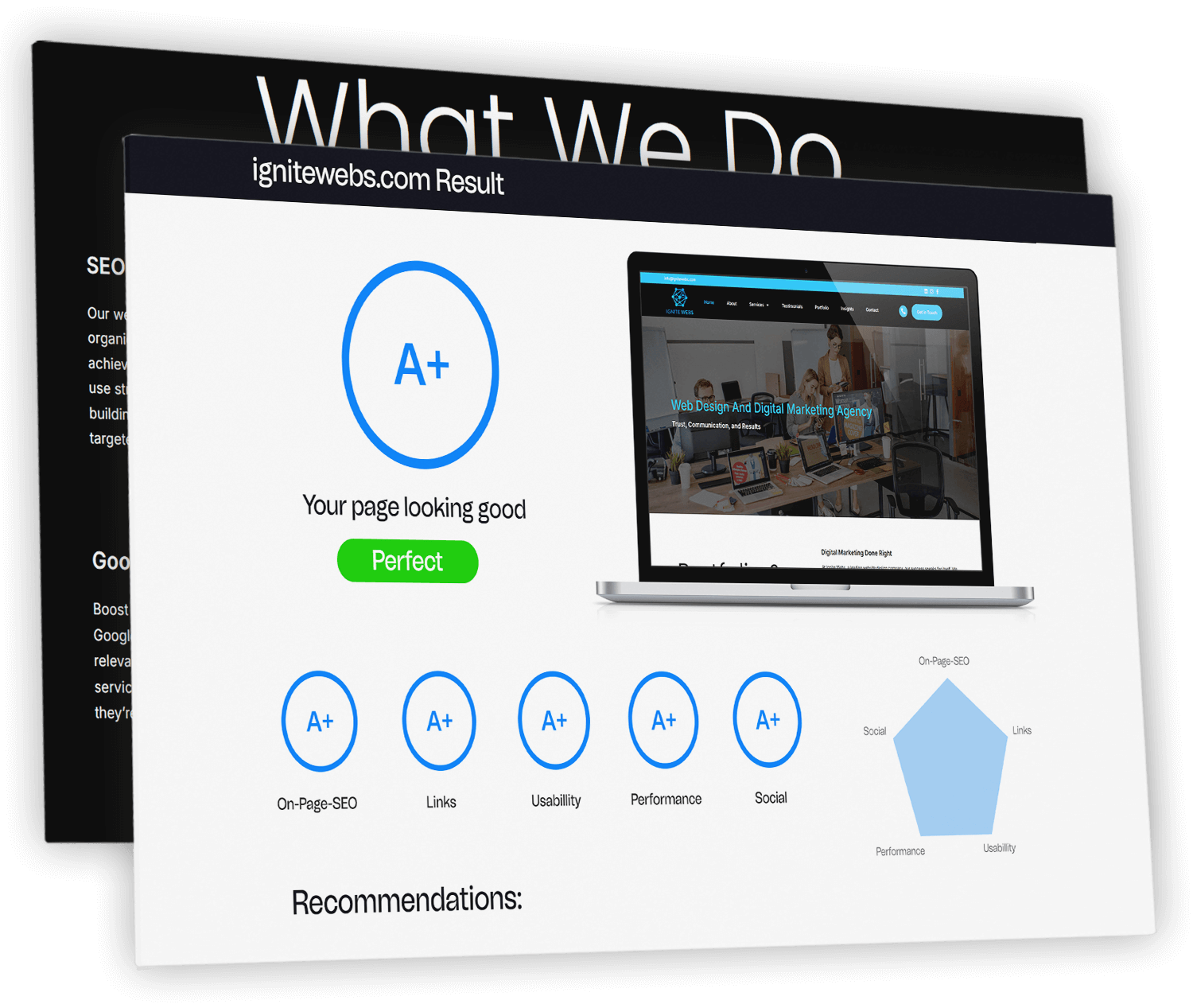Navigate the digital world with confidence as you embark on a journey to master the art of website design. Welcome to a comprehensive guide that unveils the secrets of crafting captivating online experiences that truly resonate with your audience. In this digital era, where every click counts, your website’s design plays a crucial role in engaging visitors and converting them into loyal customers.
With a seamless blend of aesthetics and functionality, your website becomes a powerful tool for making a lasting impression. From eye-catching layouts to intuitive navigation, every element is carefully designed to enhance user engagement and drive conversions.
Join us as we explore the world of website design, unlocking the keys to creating stunning online experiences that help you stand out in a crowded digital landscape. Harness the power of design to elevate your brand presence and captivate your audience like never before.
Understanding the Importance of Website Design
In today’s digital landscape, the significance of effective website design cannot be overstated. A well-designed website serves as the first point of contact between a business and its potential customers. With online interactions often taking precedence over traditional face-to-face communications, a website’s design directly influences how users perceive a brand. An engaging layout, intuitive navigation, and appealing visuals can create a strong first impression, making visitors more likely to explore further and ultimately convert into loyal customers. Conversely, a poorly designed website can lead to immediate disengagement, prompting potential clients to seek alternatives.
Moreover, website design plays a crucial role in establishing credibility and building trust with users. In an age where online scams are prevalent, users are more discerning about the sites they choose to interact with. A professional-looking website, characterised by clean aesthetics, consistent branding, and user-friendly functionality, can instil confidence in visitors. When users feel secure and trust the brand, they are more inclined to share personal information, make purchases, or engage with content, ultimately boosting conversion rates.
Furthermore, website design has a profound impact on search engine optimisation (SEO). Search engines such as Google prioritise user experience and engagement metrics when determining search rankings. Elements such as loading speed, mobile responsiveness, and overall usability influence how well a website performs in search results. By investing time and resources into creating a visually appealing and functional website, businesses can improve their search rankings, attract more organic traffic, and increase their visibility in a competitive online marketplace.
Elements of Effective Website Design
Creating an effective website requires careful consideration of several key elements that work in harmony to enhance the user experience. Firstly, layout and structure are fundamental in guiding visitors through content seamlessly. A well-organised layout with clearly defined sections helps users understand where they are on the site and what information is available at a glance. Using grids and whitespace effectively can create a clean, uncluttered look that highlights the most important elements of the page, making navigation easier without overwhelming users.
Secondly, the choice of colours and fonts plays a critical role in setting the tone and atmosphere of a website. Colours evoke emotions and can significantly influence user behaviour. A colour palette that aligns with the brand’s identity while also being visually appealing can enhance user engagement. Similarly, typography should not only be aesthetically pleasing but also legible across different devices and screen sizes. A mix of font sizes, weights, and styles can create a visual hierarchy that guides users through the content without causing confusion or distraction.
Lastly, incorporating interactive elements is essential in keeping users engaged. Features such as buttons, forms, and animations can enhance the user experience by creating a more dynamic and responsive environment. However, it is vital to strike a balance; excessive use of interactive features can lead to distractions and frustration. The goal should always be to enhance usability while maintaining a cohesive and enjoyable browsing experience.
The Role of User Experience (UX) in Website Design
User experience (UX) is at the core of successful website design, encompassing every aspect of how users interact with a site. A positive UX is crucial for retaining visitors and encouraging them to return. To achieve this, designers must prioritise usability, ensuring that users can easily navigate the site, find the information they need, and complete desired actions without unnecessary hurdles. Conducting user research and usability testing can provide valuable insights into how real users interact with the site, allowing designers to make informed decisions that enhance the overall experience.
Another critical element of UX is the emotional response elicited by the website. The design should resonate with the target audience, reflecting their preferences and expectations. This emotional connection can be fostered through storytelling, visual elements, and relatable content. When users feel a connection to a brand, they are more likely to engage with its offerings, share their experiences, and become advocates for the brand, leading to long-term loyalty.
Furthermore, accessibility is an essential aspect of UX that is often overlooked. A truly effective website design accommodates all users, including those with disabilities. This can be achieved through practices such as providing alt text for images, ensuring keyboard navigation, and maintaining sufficient colour contrast for readability. By making websites accessible, designers not only comply with legal standards but also expand their audience reach, creating a more inclusive online environment.
Responsive Design and Mobile Optimisation
In an era where mobile devices dominate internet usage, responsive design has become a necessity rather than a luxury. A responsive website seamlessly adapts to various screen sizes and orientations, offering an optimal viewing experience across desktops, tablets, and smartphones. This adaptability is crucial, as a significant portion of web traffic now comes from mobile users. A website that is not optimised for mobile may result in higher bounce rates, as visitors become frustrated with poor navigation and readability on smaller screens.
Implementing responsive design involves using flexible grids, images, and CSS media queries to ensure that the layout adjusts dynamically. This approach not only improves the user experience but also benefits SEO, as search engines favour mobile-friendly websites in their rankings. By prioritising responsive design, businesses can capture a larger audience, cater to the growing number of mobile users, and enhance their online visibility.
Moreover, mobile optimisation extends beyond mere responsiveness. It is essential to consider loading times, as mobile users often have less patience for slow-loading pages. Techniques such as image optimisation, minimising server response times, and leveraging browser caching can significantly improve load speeds. Additionally, simplifying navigation for mobile users—such as using larger touch targets and reducing the number of steps required to complete actions can further enhance the mobile experience, encouraging users to stay engaged with the content.
Conclusion: Elevating Your Online Presence through Exceptional Design
In the competitive world of digital marketing, mastering the art of website design is essential for creating stunning online experiences. By understanding the importance of design, focusing on user experience, and incorporating key elements such as responsive layouts, visual content, and effective navigation, businesses can build websites that not only attract visitors but also convert them into loyal customers.
Investing in quality design tools and staying updated on the latest trends will empower designers to push the boundaries of creativity and functionality. As the digital landscape continues to evolve, being adaptable and open to innovation will ensure that a website remains relevant and engaging.
Ultimately, exceptional website design is about more than just aesthetics; it is about creating an immersive experience that resonates with users and reflects the brand’s identity. By prioritising design, businesses can elevate their online presence, foster deeper connections with their audience, and thrive in an increasingly competitive marketplace.


